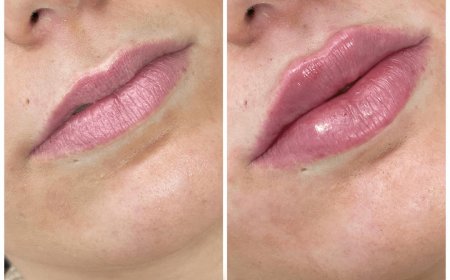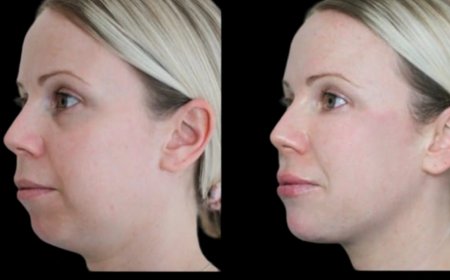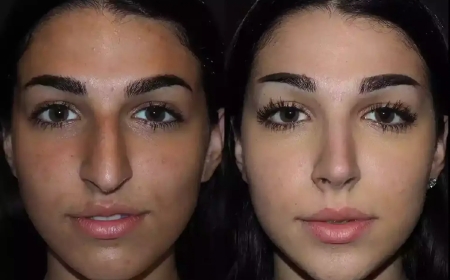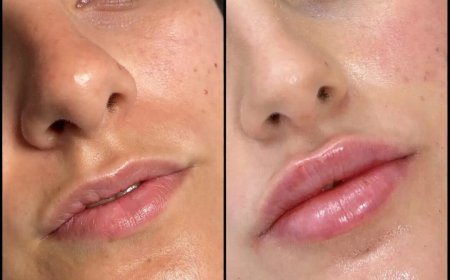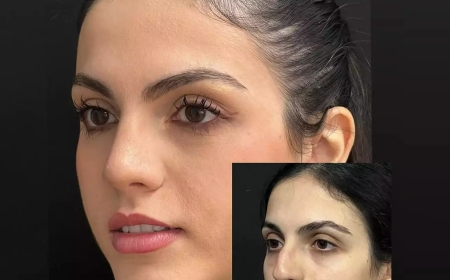How Can You Differentiate Between ADHD and Autism
Learn the key differences and similarities between ADHD and Autism, including symptoms, diagnosis, and treatment options for children and adults.
How Can You Differentiate Between ADHD and Autism?
ADHD and Autism are two distinct neurodevelopmental conditions that can present overlapping symptoms, especially in children. Parents, educators, and even healthcare professionals may struggle to distinguish between the ADHD and Autism. However, understanding how these conditions differ is vital for providing accurate diagnosis, treatment, and long-term support. This article breaks down how ADHD and Autism differ, where they intersect, and why its crucial to recognize the nuances between them.
What Are ADHD and Autism?
ADHD Overview
ADHD (Attention-Deficit/Hyperactivity Disorder) is a chronic condition affecting millions of children and often continues into adulthood. It primarily affects attention span, impulse control, and activity levels. Children with ADHD may be inattentive, hyperactive, impulsiveor a combination of all three.
Autism Overview
Autism Spectrum Disorder (ASD) affects communication, behavior, and social interaction. It is called a spectrum because it manifests in varying degreesfrom nonverbal individuals to those with high-functioning autism who may appear typical in certain settings but struggle in others.
Both conditions can affect a persons daily life, but the root causes, brain functions involved, and treatment approaches differ significantly.
ADHD and Autism: Core Differences
Communication Skills
-
Children with ADHD may interrupt conversations, talk excessively, or blurt out answers without waiting.
-
In contrast, children with Autism may struggle with nonverbal cues, eye contact, or using language in social contexts.
While both may face communication challenges, the intent and pattern are different. ADHD-related issues often stem from impulsivity, whereas Autism-related issues stem from difficulties in social understanding.
Social Behavior
-
A child with ADHD often wants to make friends but may act impulsively or interrupt play.
-
A child with Autism might struggle to understand social rules or prefer being alone.
Social motivation is typically present in ADHD but can be diminished or absent in Autism, especially in early development.
Interests and Repetition
-
Individuals with Autism frequently develop restricted, fixated interests and may engage in repetitive routines or behaviors.
-
In ADHD, interests are usually broad and inconsistent, shifting frequently as attention changes.
This distinction plays a major role in how clinicians differentiate between the two conditions.
Sensory Processing
-
Children with Autism may overreact or underreact to sensory input (e.g., loud noises, bright lights, or certain textures).
-
ADHD children might be distracted by sensory stimuli, but their reactions are rarely as intense or patterned.
These sensory sensitivities are a hallmark of Autism but not a core diagnostic feature of ADHD.
ADHD and Autism: Shared Symptoms That Can Confuse Diagnosis
Its easy to see why ADHD and Autism are often confused:
-
Both may struggle with focus.
-
Both can experience difficulty in peer relationships.
-
Both may seem emotionally reactive or rigid in behavior.
Additionally, executive function deficitswhich affect planning, organization, and memoryare common in both disorders. These overlaps can lead to misdiagnosis or delayed diagnosis if a thorough developmental history isnt taken.
Can a Person Have Both ADHD and Autism?
Yes, and its more common than many realize. The CDC reports that around 1 in 3 children with Autism also have ADHD. This is known as comorbidity, and it requires an individualized treatment plan that addresses both sets of symptoms.
For example, a child with co-occurring ADHD and Autism might benefit from stimulant medications to manage hyperactivity, along with speech and occupational therapy to build social and communication skills.
How Are ADHD and Autism Diagnosed?
ADHD Diagnosis
Diagnosis of ADHD involves observing behaviors over time across multiple settings (home, school, etc.). Pediatricians or child psychologists may use:
-
Behavioral checklists
-
Parent/teacher reports
-
DSM-5 criteria
Stimulant medications (e.g., methylphenidate) are often effective in managing symptoms when prescribed appropriately.
Autism Diagnosis
Autism diagnosis is more complex and usually involves a multidisciplinary team, including neurologists, developmental pediatricians, and speech-language pathologists. Tools used include:
-
The ADOS (Autism Diagnostic Observation Schedule)
-
Social and communication assessments
-
Developmental history
Autism interventions typically focus on therapies rather than medications, including ABA (Applied Behavior Analysis), social skills training, and speech therapy.
Why Early Diagnosis Matters
Early identification of ADHD or Autism can drastically improve long-term outcomes. Mislabeling a child with ADHD when they have Autismor vice versacan result in:
-
Delayed intervention
-
Poor academic performance
-
Social isolation
-
Increased frustration in families
When both conditions are present, early dual diagnosis allows for targeted support in both behavioral and developmental areas.
Treatment and Management: What Works?
ADHD Treatments
-
Medications: Stimulants like Adderall and Ritalin can improve focus and reduce impulsivity.
-
Behavioral therapy: Useful in teaching self-control and improving social skills.
-
Parent training: Helps caregivers reinforce positive behavior at home.
Autism Treatments
-
Speech and language therapy
-
Occupational therapy for motor and sensory integration
-
Social skills training
-
Behavioral interventions like ABA
There is no one-size-fits-all treatment plan for either condition, especially when both are diagnosed. The approach must be holistic and often involves collaboration among parents, teachers, therapists, and doctors.
Navigating School and Social Life
Children with ADHD and Autism both benefit from structured environments. However, their needs differ:
-
Children with ADHD may need help staying organized, managing time, and completing assignments.
-
Children with Autism may need visual schedules, quiet zones, or support in reading social cues.
IEPs (Individualized Education Plans) and 504 Plans can be tailored to address specific challenges, from sensory accommodations to behavioral interventions.
Supporting Adults with ADHD and Autism
While these conditions are most often diagnosed in childhood, many adults remain undiagnosed until later in life. Adult symptoms may include:
-
In ADHD: chronic disorganization, impulsive decisions, job instability
-
In Autism: difficulty with romantic relationships, workplace communication, or sensory regulation
Adults can benefit from therapy, coaching, support groups, and workplace accommodations designed around their unique needs.
Final Thoughts: ADHD and Autism Are DifferentBut Both Deserve Understanding
Differentiating ADHD and Autism is more than a clinical taskits about ensuring every individual gets the support they need. While overlapping symptoms can make it tricky, recognizing their unique characteristics, causes, and treatment pathways is crucial.
If you're unsure whether you or a loved one is dealing with ADHD, Autism, or both, speak with a qualified healthcare provider. Accurate diagnosis leads to effective supportand a better quality of life.





